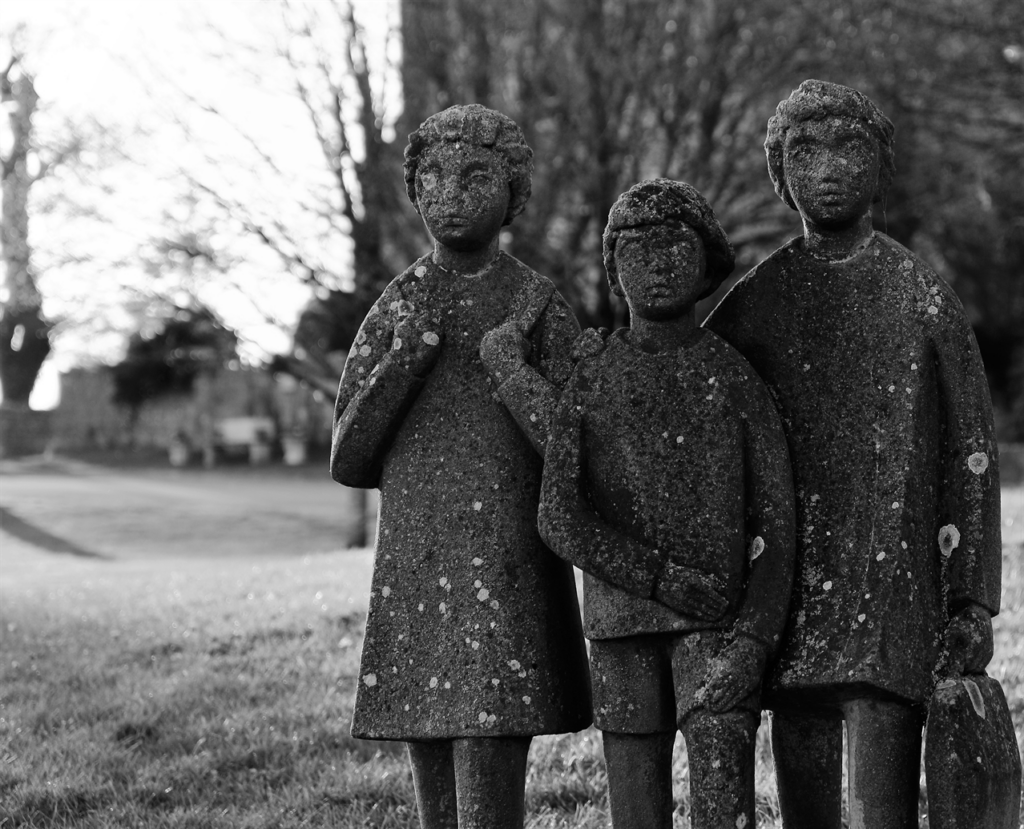Opportunities for Integration in Chicago Public Schools Are Rare—and Too Important To Miss

In this series, the Metropolitan Planning Council (MPC) will explore recently profiled opportunities for small pockets of increased integration within Chicago Public Schools.
Most Chicagoans recognize that nowhere is the city’s segregation more apparent than in Chicago Public Schools. And, too many of us have grown resigned to this problem, as was abundantly clear in WBEZ’s recent reporting on missed opportunities to integrate Chicago Public Schools.
The opportunities explored—among them a potential merger of Ogden and Jenner schools; shifting enrollment at Skinner West and Brown elementaries; and an expansion of Lincoln, which abuts an underenrolled Manierre—are small pieces of the enormous puzzle that is Chicago Public Schools. In all three cases, an under-enrolled, primarily low-income and minority school could be merged with a more diverse, higher-performing school nearby. Even if these mergers happened, it would not represent a seismic shift for the city in terms of the number of students in integrated schools. We are interested in exploring, though, how such changes – however small overall – could be meaningful steps for parents, administrators and students alike.
In any discussion about integrating schools, it’s important to acknowledge a few truths: A century of racist policies, both local and national, across a range of issues—from mortgage lending and highway construction to small business insurance underwriting to disparate crime sentencing—have created and maintained our segregated city. Because these policies, coupled with individual decisions, have led us to live so separately from each other by race and income, our public education system reflects these patterns of segregation. And while many people look to education as “the great equalizer,” it alone cannot counteract these other forces.
However, education policy can play a crucial role in creating the potential for a more integrated society.
Yet 62 years after Brown v. the Board of Education and 36 years after Chicago’s desegregation consent decree, Chicago’s schools remain profoundly segregated.
If you live in the North Side neighborhood of Lakeview, for instance, your neighborhood school is comprised of mostly higher-income white children, such as Blaine Elementary whose student body is 64 percent white and only 16.5 percent low-income. In contrast, at Mahalia Jackson Elementary in the South Side’s Auburn Gresham, the student body is 97.8 percent black and 96.8 percent low-income.
Chicago Public Schools segregation is perpetuated not only by residential segregation, but also by who enrolls their children to begin with. In a city that is 32 percent white, just 9 percent of public school students are white. In a city where 23 percent of residents live in poverty, 86 percent of public school students are economically disadvantaged.
Due to all of these factors, a disturbingly high number of schools are located far from any proximate opportunities for racial or economic integration.
But, what happens when diversity within neighborhoods starts to change? Some of Chicago’s central city neighborhoods located in and around former public housing projects have been replaced with mixed-income housing developments over the past 15 years. This housing policy strategy intentionally aims to create a diversity of residents with market-rate renters and owners alongside subsidized and public housing tenants. To some degree, these new mixed-income communities, such as the areas around the former Cabrini Green and Henry Horner public housing developments, also have experienced a change in racial make-up as more whites and Latinos have moved in.
These neighborhood changes create rare opportunities for school integration—but is Chicago seizing or losing these opportunities?
WBEZ’s report lay out multiple examples, which each raise distinct questions. In one example on the Near West Side, Brown Elementary and Skinner West are both located within walking distance of the former Henry Horner Homes, which have now been replaced with the Westhaven Park mixed-income development. Skinner West serves a racially diverse student body that is 25.9 percent low-income, while its neighboring school, Brown Elementary, has a student population that is 89.8 percent African-American and 95.1 percent low-income. While Skinner West has a neighborhood component (meaning that children who live within certain boundaries can attend by right), it is also a classical school with students who test in and travel from all over the city to attend. With a diverse student population that is 34 percent African American, 27 percent white, 12 percent Latino and 26 percent low-income, they have increased rapidly over the years, from 718 students in 2011 to 947 students in 2015. Put another way, Skinner is bursting at the seams (120 percent utilized), while Brown is significantly underenrolled (43 percent utilized).
Why not create options for these schools to be reconfigured to meet the attendance concerns and to better utilize space? Why not consider strategies to integrate these two nearby schools across race and class differences, and in doing so benefit both schools? Knowing that the city’s selective enrollment high schools have been getting whiter since Chicago’s desegregation consent decree was lifted in 2009, opportunities to boost integration should be seized whenever possible.
Can we assume that Skinner West parents are comfortable with the managed diversity that the school provides? Its burgeoning population would seem to indicate so. It would seem this is the group of parents most likely to embrace a solution to their space needs that included an underutilized school nearby with a population already represented in their current student body.
Look, we’re not naïve. The fear of losing more of the already small number of white middle class students from Chicago Public Schools is strong. Clearly, if we want more racially and economically integrated schools, we need more white middle class students in the system.
In addition, the city of Chicago is losing population overall; we dropped by 2,890 people between 2014 and 2015. At least some of those decisions to leave had to do with education options – or lack thereof – that families believed they had.
So we get it. We need the white middle class. But are we trying to keep and attract them at the expense of further entrenching segregation? Are we making decisions that privilege individual choice when systemic change is needed? When we are spending more money to subsidize our separation than to seize opportunities for integration where they exist, it seems that systemic change is overdue.
Next up: The importance of the individual in school integration
